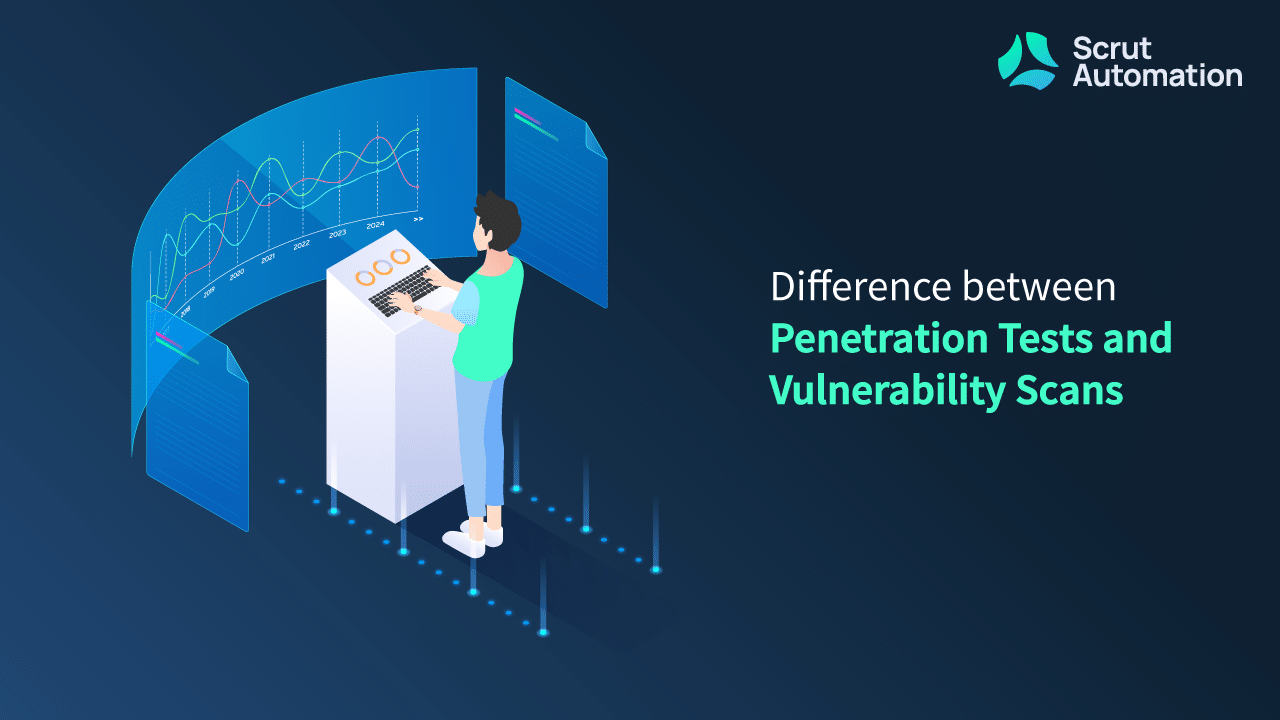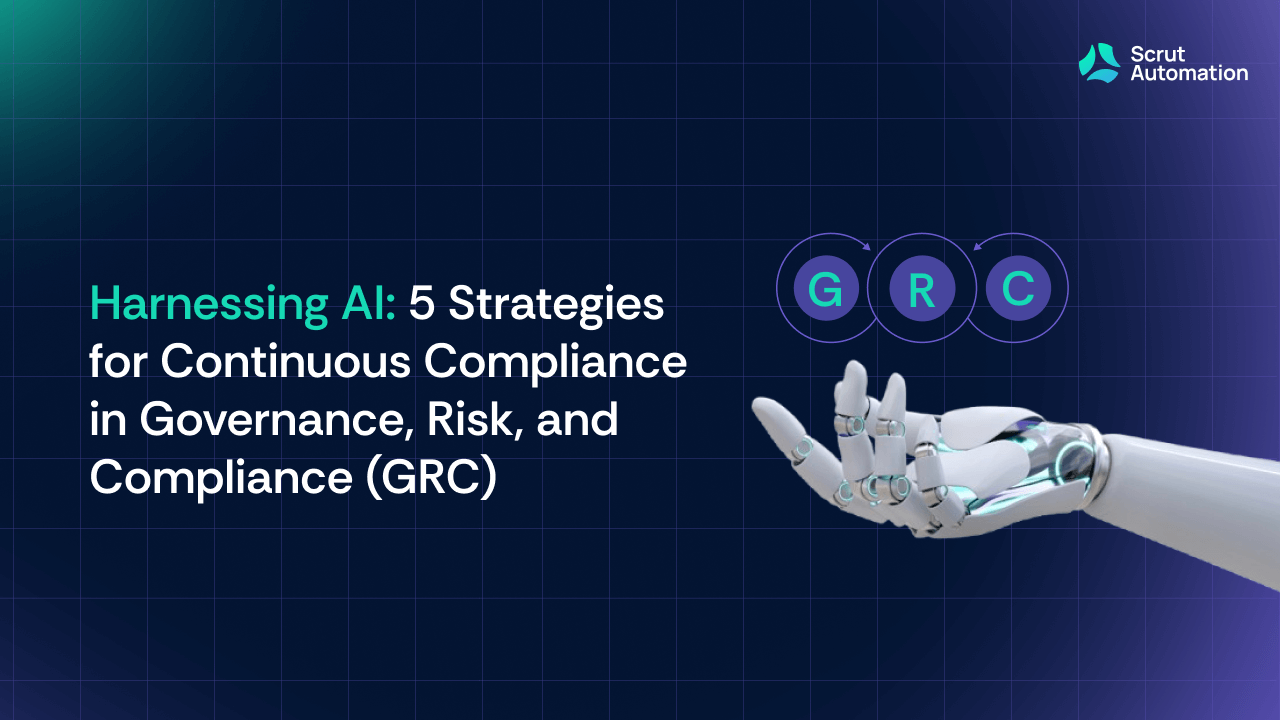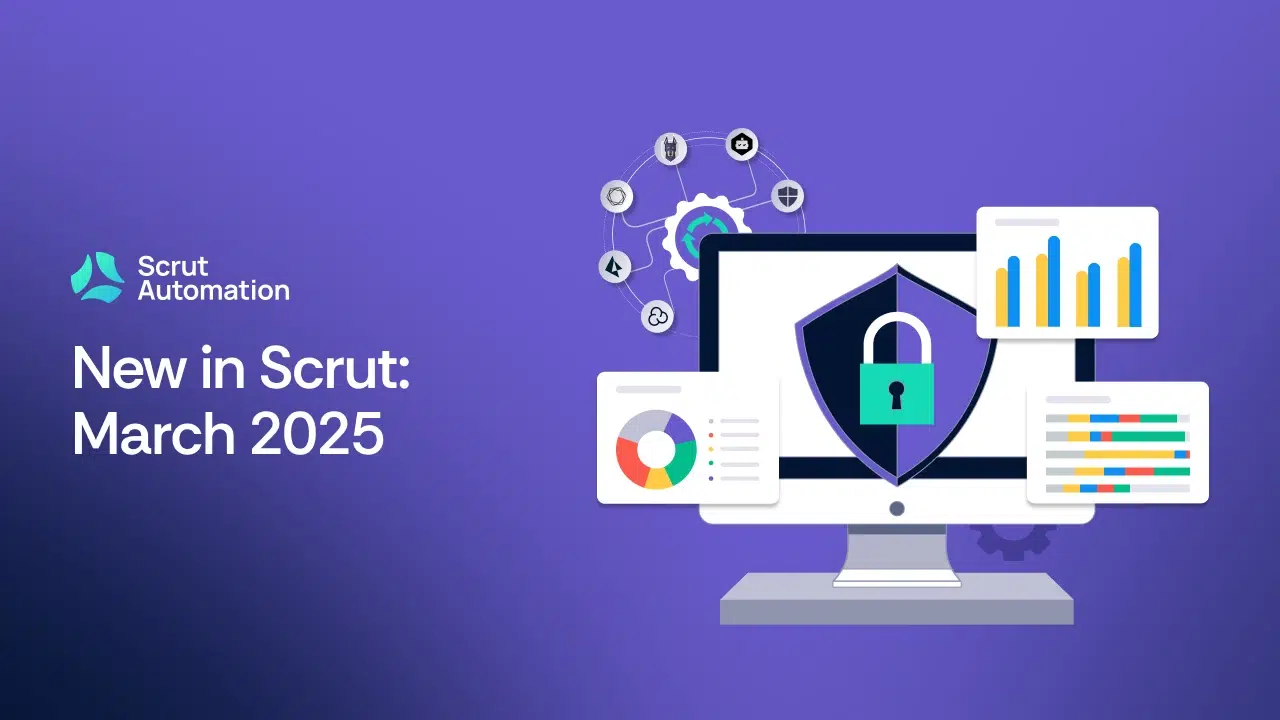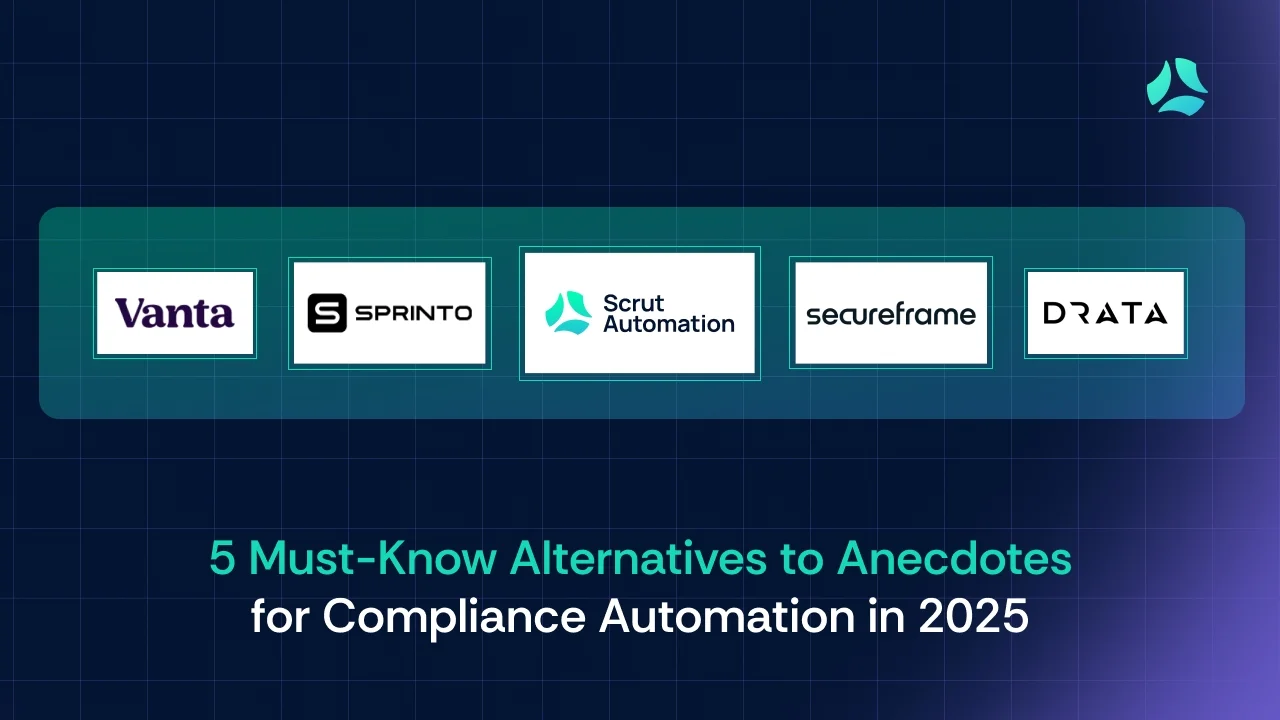SOC 2 is a compliance framework designed to ensure that service organizations securely manage sensitive data and protect client information from unauthorized access. Documentation for System and Organization Controls 2 (SOC 2) compliance is crucial for compliance officers as it provides evidence of effective controls, ensures adherence to security and privacy standards, and facilitates audits. It helps mitigate risks, maintain regulatory alignment, and safeguard the organization’s reputation by demonstrating accountability and transparency in managing sensitive data.
Understanding SOC 2 documentation requirements
1. What SOC 2 compliance documentation entails
SOC 2 documentation includes policies, procedures, and evidence that demonstrate how an organization meets the SOC 2 Trust Services Criteria. This encompasses everything from access controls and security protocols to logs and audit trails. Key documents often include risk assessments, incident response plans, data protection measures, and third-party vendor agreements.
2. Key Trust Service Criteria (TSC)
The five TSCs shape the content and structure of SOC 2 documentation. Each criterion requires specific controls and evidence:
Read also: How to turn SOC 2 compliance into a growth strategy?

Types of SOC 2 documentation
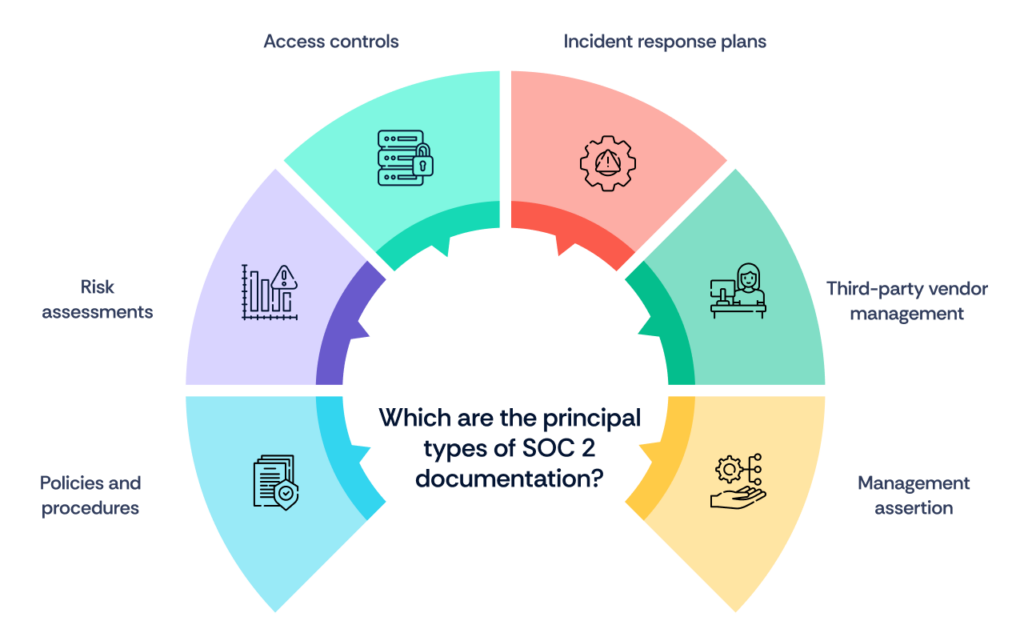
SOC 2 documentation can be divided into the following categories:
1. Policies and procedures:
- Essential policies: Critical documents include security, incident response, and data retention policies. These outline the organization’s approach to securing systems, responding to incidents, and managing data lifecycle.
2. Risk assessments:
- Importance of risk management documentation: Properly documented risk assessments identify potential vulnerabilities and threats to the organization, providing a foundation for mitigation efforts and compliance.
- Best practices for recording risk assessments and mitigation plans: Record identified risks, their potential impacts, likelihood, and corresponding mitigation measures. Regularly review and update risk management documentation to reflect changes in the environment.
3. Access controls:
- Documentation of access management, user roles, and permissions: Document who has access to systems and data, the roles assigned to users, and permissions granted. Maintain records of access reviews, user onboarding/offboarding, and changes to access rights to ensure compliance with SOC 2 requirements.
4. Incident response plans:
- Steps for documenting incident detection and response: Clearly outline how incidents are identified, reported, and handled. Document response procedures, communication protocols, and responsibilities for managing incidents.
- Importance of logging and tracking incidents for SOC 2 audits: Logs should capture incident details such as timelines, response actions, and resolution status. These logs are critical evidence during SOC 2 audits, demonstrating the organization’s ability to respond effectively to security incidents.
5. Third-party vendor management:
- Documentation requirements for vendor assessments and ongoing monitoring: Maintain records of vendor due diligence, contracts, and regular evaluations of vendor performance and security controls. Ensure documentation of how vendors meet the organization’s security and compliance standards.
6. Management assertion:
- Management’s responsibility for maintaining an effective control environment: Management is responsible for ensuring that controls are designed, implemented, and operating effectively to meet SOC 2 criteria.
- How to draft and organize management assertions for the SOC 2 report: Clearly state the organization’s commitment to maintaining effective controls in accordance with SOC 2. Include details about how management monitors controls, reviews performance, and addresses deficiencies. Organize assertions logically in the report for easy reference during audits.
Read also: A Practical Guide for Early-Stage CTOs Navigating Cybersecurity
Best practices in SOC 2 Compliance documentation
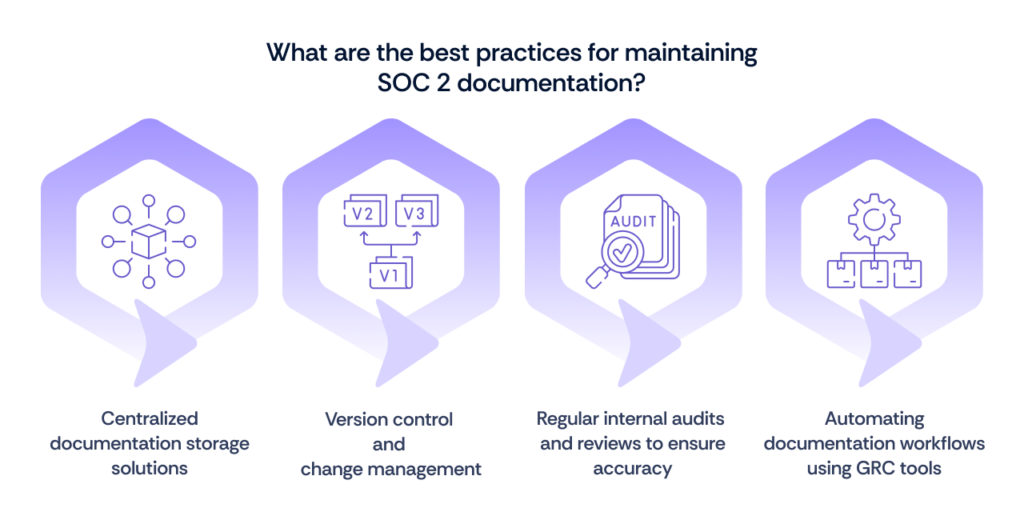
1. Centralized documentation storage solutions
Use a secure, centralized platform to store and organize all SOC 2 compliance documentation, making it easily accessible for compliance teams and auditors. Centralized storage ensures consistent management, reduces duplication, and enhances document security.
For example, the Scrut platform provides a centralized storage solution for all your documents:
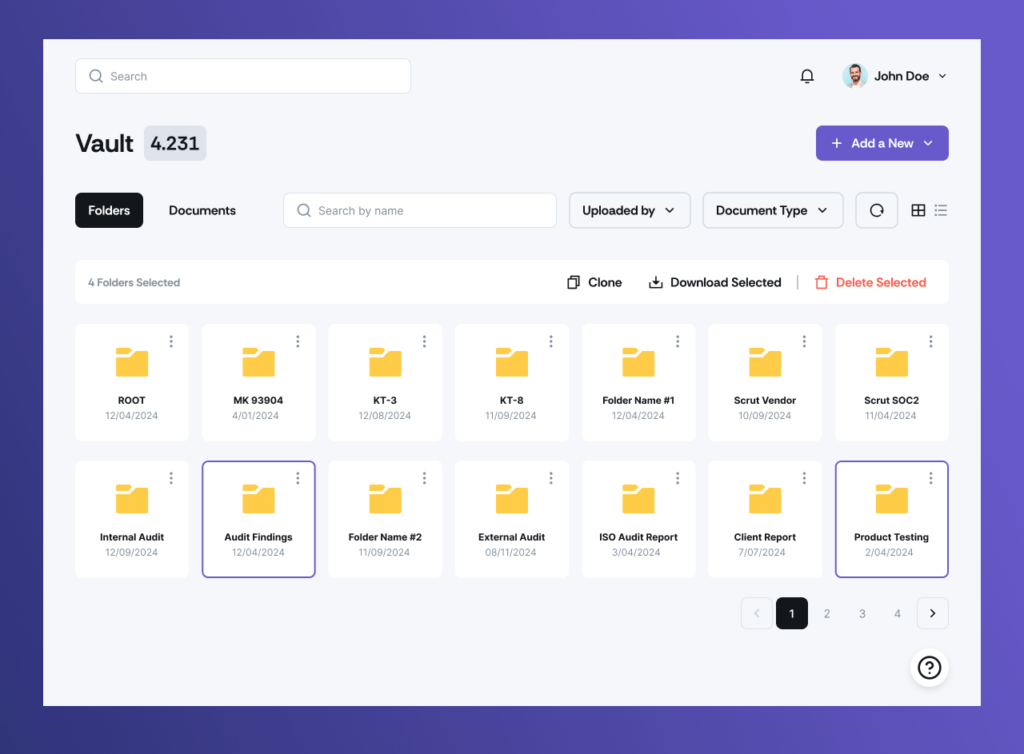
2. Version control
Ensure that the evidence retrieved from third-party platforms is always up to date. Failing to do so can result in outdated information being included in the SOC 2 audit, potentially misleading the auditor. Scrut automatically integrates with these platforms to fetch the most current and accurate versions of evidence.

3. Audit logs
Implement version control to track changes to policies, procedures, test controls, and other documents generated within the organization. This ensures that everyone works with the most recent documents and provides a clear audit trail of changes for compliance verification. Scrut not only updates the latest version of these logs but also keeps track of the historical records for transparency.
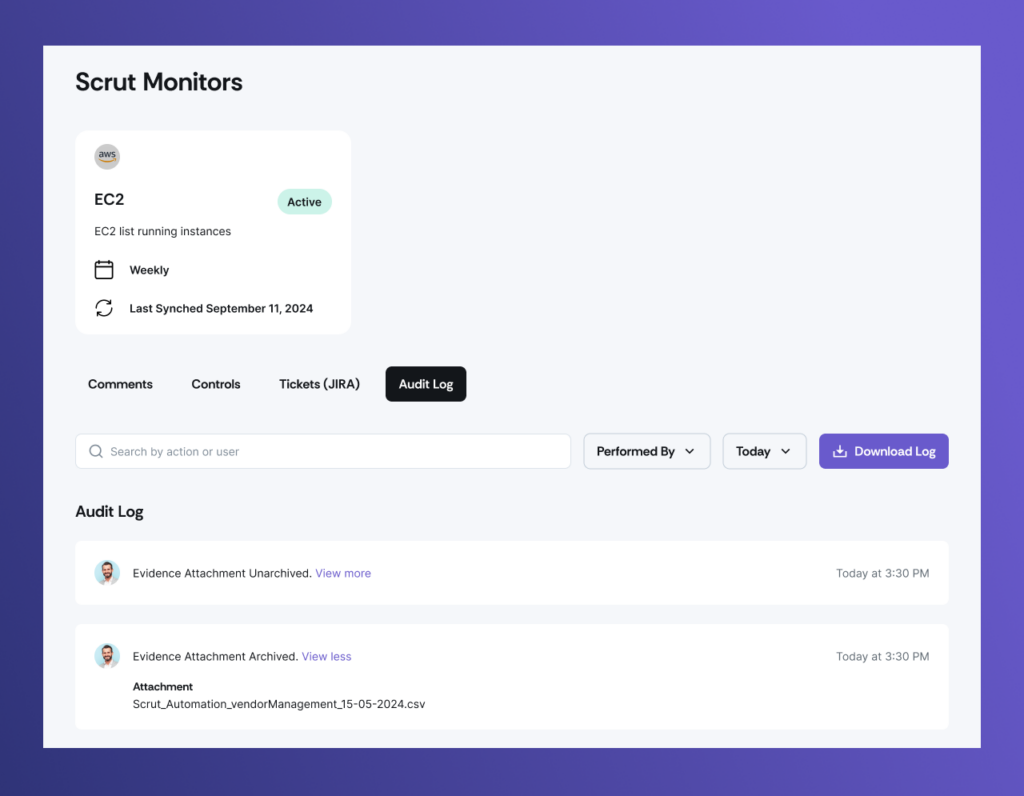
4. Regular internal audits and reviews to ensure accuracy
Conduct regular internal audits and document reviews to ensure that policies and procedures remain accurate, aligned with current SOC 2 standards, and reflective of the organization’s actual practices. This proactive approach helps identify gaps or outdated documentation.
Scrut offers a unique feature that allows you to set a recurrence period to update/review your policies. This period is entirely dependent on the framework these policies are tied to and the nature of your business. You can also assign the requirement to specific people in your organization and set a due date.
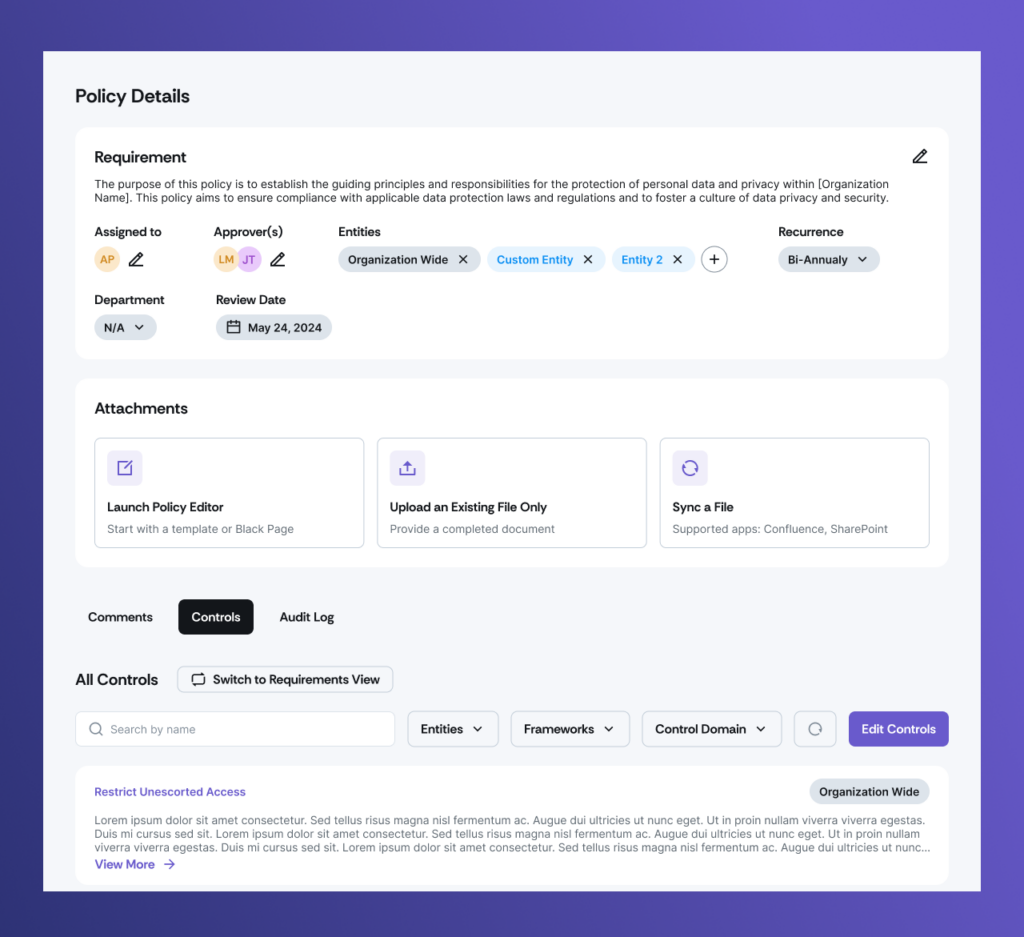
Besides, Scrut offers a special feature called multi-approval workflows. Enabling this feature allows you to assign multiple approvers to your policy, specifying the order in which they will provide their approvals.
For instance, in a software development firm, a code deployment policy might need approval from the Quality Assurance Lead, the Chief Technology Officer, and finally, the Chief Information Security Officer. The policy is published only after all approvers have consented, ensuring thorough endorsement from relevant stakeholders.

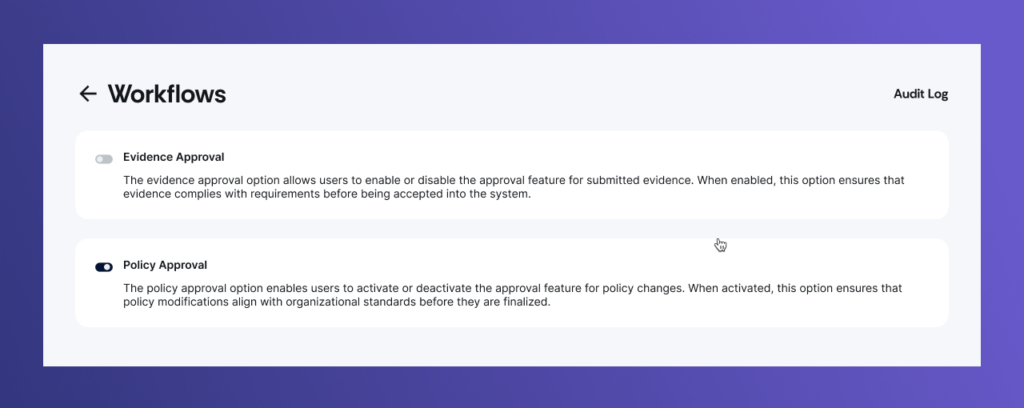
5. Automating documentation workflows using GRC tools
Automation reduces manual errors in collecting the right pieces of evidence, eliminates duplicates or omissions, ensures timely compilation and dissemination of reports, reviews for policies, controls, evidence, or tests, and sends automated alerts and notifications to relevant stakeholders, significantly improving compliance efficiency.
Kai, Scrut’s AI-powered tool, automates security questionnaire responses using advanced AI and Large Language Models (LLM). It generates accurate answers based on the organization’s policies and Scrut data, significantly speeding up the process. While AI handles the bulk of the work, each response undergoes human review to ensure precision and consistency, offering organizations a blend of automation and human oversight for efficient and reliable security questionnaire management.
Common mistakes to avoid in SOC 2 compliance documentation process

1. Incomplete or outdated policies
Failing to maintain comprehensive and up-to-date policies can lead to gaps in compliance. Ensure all policies are current, thorough, and reflect the latest regulatory requirements and organizational practices.
2. Missing or inconsistent evidence for audit purposes
Auditors require clear and consistent evidence of controls being implemented and functioning. Missing documentation or inconsistent records can cause audit delays or failures.
Sometimes, organizations tend to submit inconsistent records that include evidence from the wrong period. For example, if the audit is for the period of August, the evidence is submitted for July, or the format of the evidence might be incorrect. For instance, instead of submitting a JSON file, the organization might have submitted a screenshot.
All these small inconsistencies result in more time being spent on the audit. Regularly review and ensure all necessary evidence is properly recorded and stored.
3. Lack of collaboration between departments
SOC 2 compliance often requires input from various departments (IT, legal, HR). Lack of coordination can result in incomplete or conflicting documentation. Encourage cross-departmental collaboration to ensure all aspects of SOC 2 requirements are addressed cohesively.

Conclusion
In conclusion, maintaining comprehensive and well-organized SOC 2 documentation is critical for compliance success. By leveraging centralized storage, automation tools, and regular reviews, organizations can streamline their compliance efforts, reduce audit risks, and demonstrate accountability. Proper documentation not only safeguards sensitive data but also reinforces trust with stakeholders and clients.
Ready to simplify your SOC 2 compliance journey? Scrut’s all-in-one platform streamlines documentation, automates workflows, and ensures you’re always audit-ready. Let us help you achieve and maintain SOC 2 compliance effortlessly. Book a demo today and see how Scrut can transform your compliance process!

FAQs
SOC 2 standard documentation includes policies, procedures, and evidence that demonstrate how an organization meets the SOC 2 Trust Services Criteria. This documentation typically covers areas like security controls, risk assessments, access management, incident response plans, and third-party vendor management.
A SOC 2 compliance checklist generally includes:
‣ Defining Trust Service Criteria (security, availability, processing integrity, confidentiality, and privacy)
‣ Establishing and documenting security policies and procedures
‣ Performing risk assessments
‣ Ensuring access control and monitoring
‣ Documenting incident response plans
‣ Maintaining audit trails
‣ Conducting internal audits
‣ Implementing third-party vendor assessments
SOC 2 stands for System and Organization Controls 2, a compliance framework developed by the American Institute of CPAs (AICPA) to ensure that service organizations manage data securely and protect the privacy of their clients.
Any service organization that handles sensitive customer data, particularly in the cloud or technology sector, may need a SOC 2 report. This includes SaaS companies, data centers, IT providers, and other organizations that offer services impacting the security, privacy, and availability of client data.

